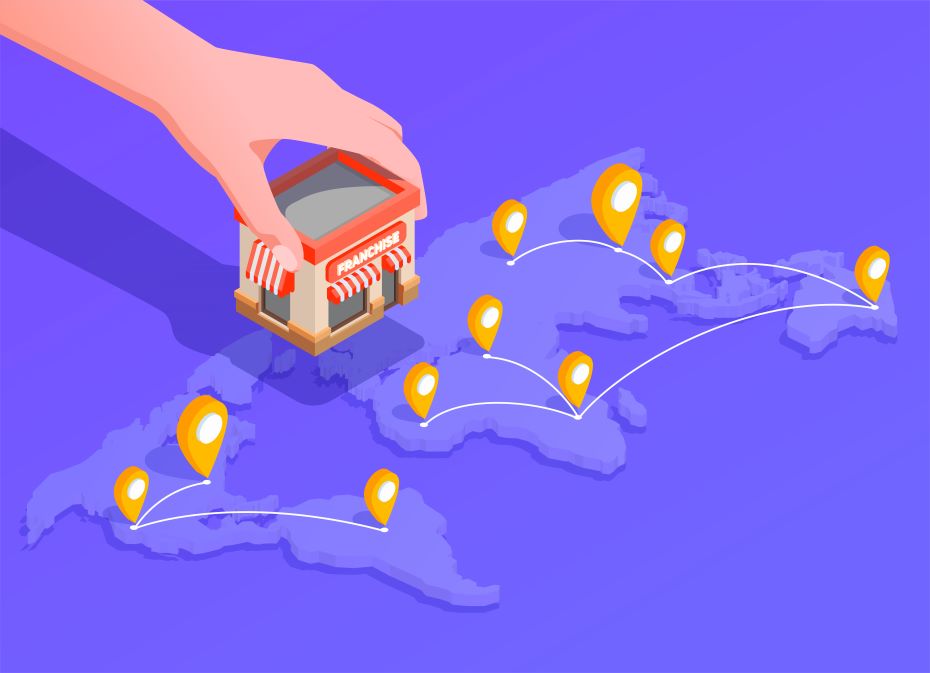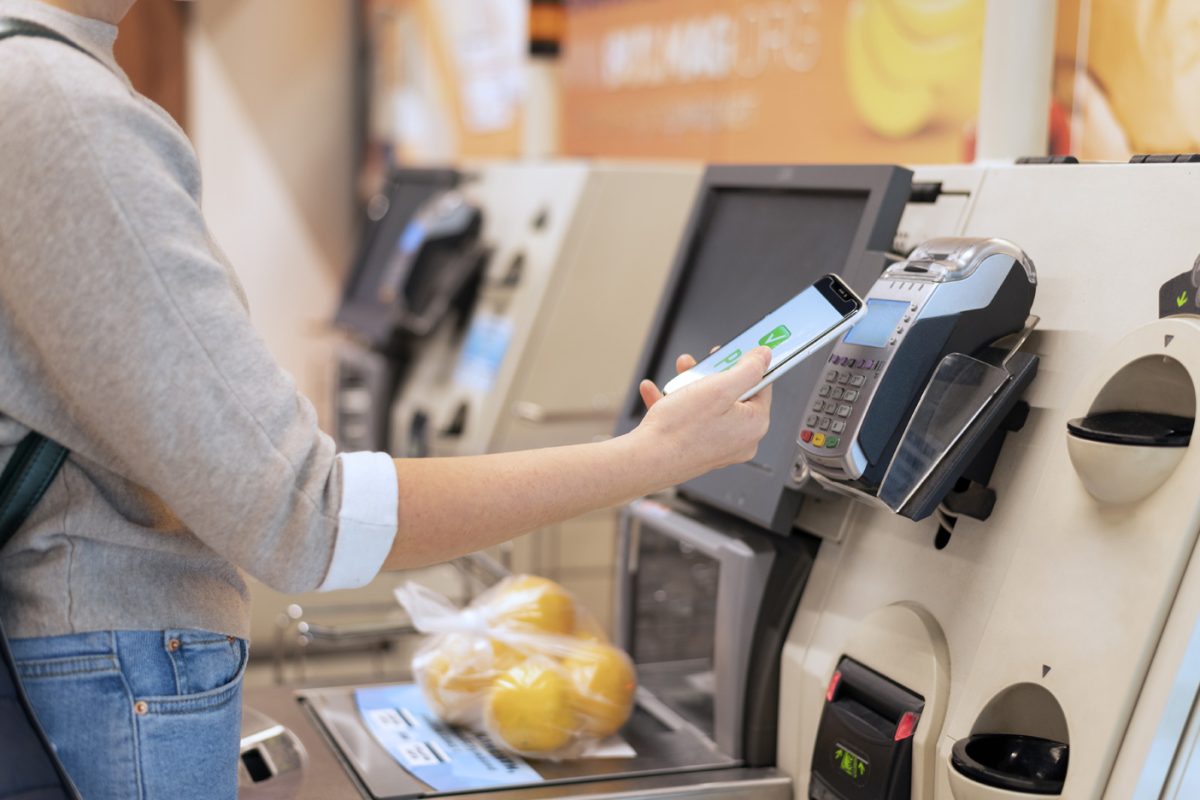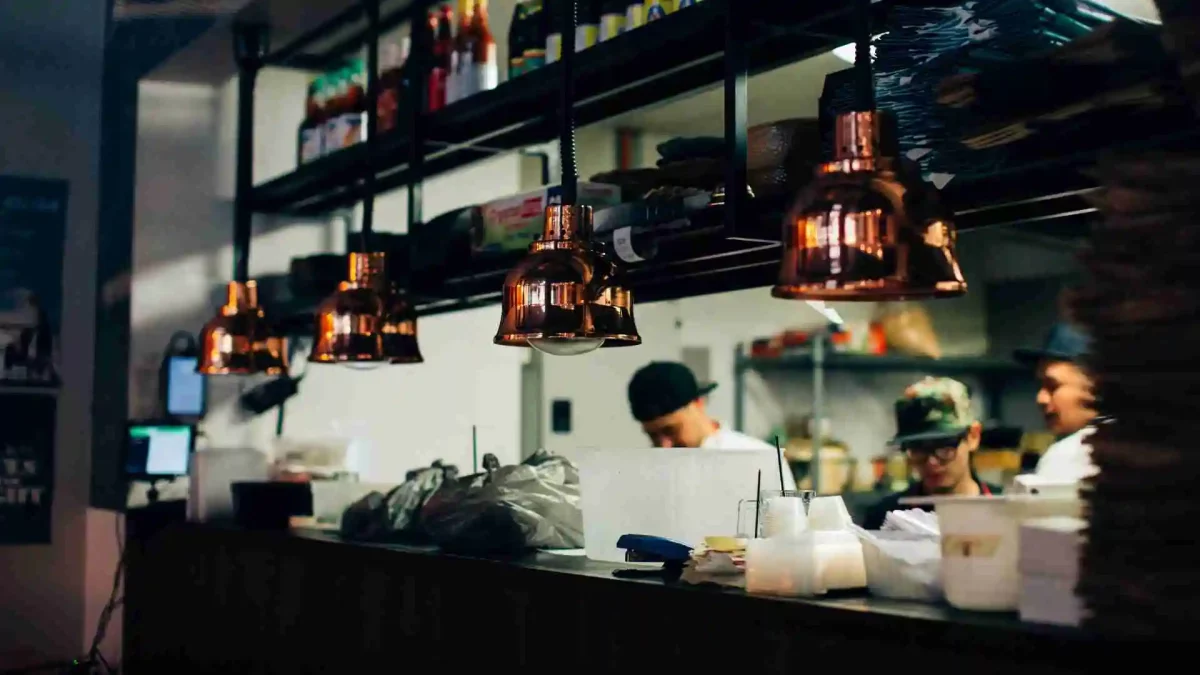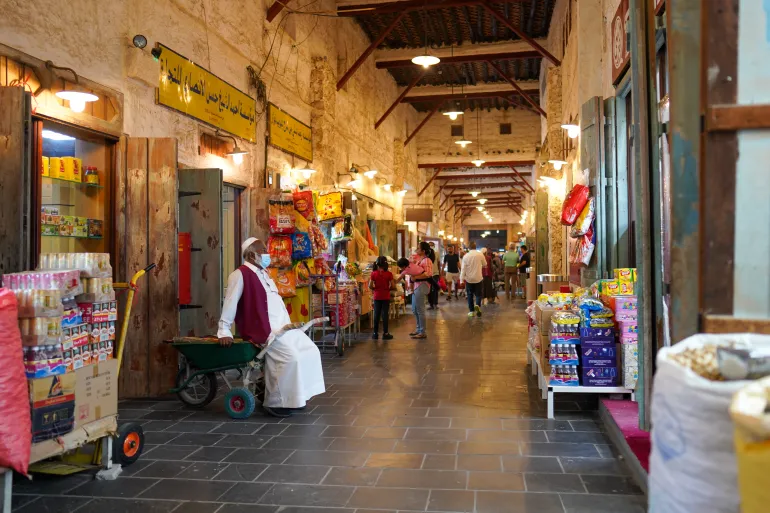Expanding your business across multiple locations is a big achievement, but it comes with its own set of challenges. Whether you’re running a restaurant chain, a retail franchise, or a group of convenience stores, managing operations across several outlets can become overwhelming without the right tools.
That’s where a powerful, multi-location Point of Sale (POS) solution, like LithosPOS, becomes essential. It centralizes control, streamlines communication, and helps you make better decisions all in real-time.
In this blog, we’ll explore why multi-location management is important, the key challenges businesses face, and how LithosPOS helps solve them while boosting operational efficiency and customer satisfaction.
What is Multi-Location POS Software?
Multi-location POS software is designed to manage sales, inventory, staff, and reporting across various outlets under a single system. Rather than managing each location separately, it allows business owners to get a centralized view and manage operations in real-time, regardless of geographic distance.
Why Multi-Location Management Matters
As businesses grow and expand across different towns, cities, or even countries, maintaining consistency in operations becomes increasingly difficult. Every outlet might have its staff, customer base, and inventory needs. Without centralized control, these differences can lead to miscommunication, inefficiencies, and lost revenue.
Here’s why managing multiple locations from a unified platform is critical:
- Ensures consistent pricing and promotions
- Provides visibility into each location’s performance
- Reduces manual errors in stock management
- Improves staff accountability
- Enhances the customer experience
Top Challenges in Managing Multiple Store Locations
Let’s break down the most common pain points faced by multi-location businesses:
1. Inventory Inconsistency
Stock discrepancies between outlets can lead to overstocking, stockouts, and missed sales opportunities.
2. Disjointed Sales Data
Without a unified system, collecting and analyzing data across branches is time-consuming and error-prone.
3. Poor Staff Coordination
Different teams working independently without a central system can cause misaligned processes and customer service issues.
4. Lack of Real-Time Insights
Delayed or inaccurate reporting hampers strategic decision-making.
5. Inconsistent Customer Experience
If loyalty programs or customer data are not synced, customers may receive a fragmented experience when visiting different outlets.
How LithosPOS Solves Multi-Location Management Issues
LithosPOS is a comprehensive, cloud-based POS solution designed to streamline operations across multiple locations. Here’s how it makes a difference:
✅ Centralized Dashboard
LithosPOS provides a single control panel to manage every outlet. Whether you have two branches or twenty, you can track sales, inventory, and employee performance from one place anytime, anywhere.
✅ Real-Time Inventory Sync
The platform updates stock levels in real-time across all locations. You can transfer inventory between stores easily, monitor low-stock alerts, and avoid duplicate ordering.
✅ Location-Based Pricing & Promotions
Customize pricing, taxes, and offers based on store location. This is especially useful for businesses operating in different cities or regions with varying customer preferences and regulatory requirements.
✅ Branch-Specific Reports
Generate insightful reports for individual locations or view overall performance. LithosPOS allows you to filter data by region, store, or time to understand what’s working and what needs improvement.
✅ Unified Customer Management
Customer data, such as purchase history, loyalty points, and preferences, is stored centrally. This helps you offer consistent and personalized experiences across all branches.
✅ Employee Role & Access Management
Assign staff roles and control permissions per location. This improves security and ensures each employee has access only to the tools they need.
✅ Offline Mode
Even in areas with unstable internet, your outlets can continue to operate without interruptions. Transactions are stored locally and synced once the connection is restored.
Answering Common Questions
Q1: How can I manage multiple business locations from one platform?
By using POS software like LithosPOS], which offers a centralized dashboard to control inventory, sales, staff, and customer data across all outlets.
Q2: Can I transfer inventory between store branches using LithosPOS?
Yes. LithosPOS allows seamless stock transfers between locations, helping you balance inventory and prevent shortages or overstocking.
Q3: Is it possible to run each outlet independently while keeping data centralized?
Absolutely. Each branch operates independently, but all data is synced in real time and accessible from your central dashboard.
Q4: Does LithosPOS support offline operations for remote locations?
Yes. Outlets can continue operations without internet, and all data will automatically sync once connectivity is restored.
Q5: Can I generate location-specific performance reports?
Yes. LithosPOS offers advanced reporting filters so you can view performance metrics for each outlet or analyze overall trends.
Future-Proof Your Business Growth
As your business grows, managing multiple stores should be a strategic advantage, not a logistical nightmare. By investing in a robust POS solution like LithosPOS, you equip your team with the tools they need to stay efficient, consistent, and customer-focused across every location.
Conclusion: Simplify, Scale, and Succeed with LithosPOS
Managing multiple store locations doesn’t have to be complex. With LithosPOS, you can unify your operations, empower your staff, and deliver an exceptional customer experience everywhere you do business.
From inventory synchronization to location-specific pricing and centralized reporting, LithosPOS is built to support growing businesses that operate in more than one location.












